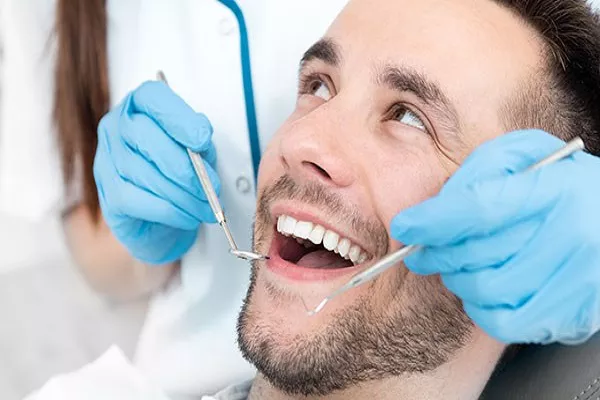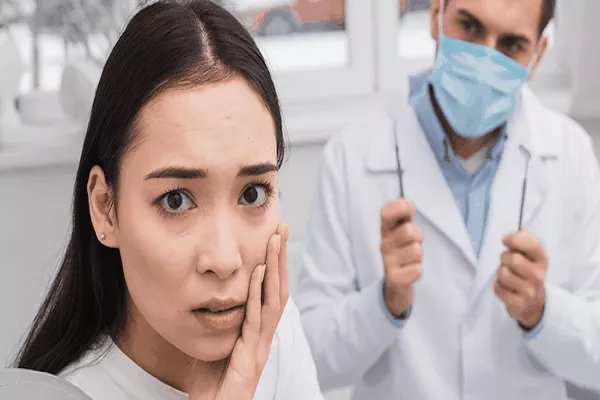If you’ve recently had a dental filling, you may be wondering if it’s safe to drink coffee. Coffee is a popular beverage that many people enjoy, but it can potentially affect your dental work. In this article, we will discuss whether or not it is safe to drink coffee after a filling and what precautions you should take.
Can You Drink Coffee After a Filling?
Yes, you can drink coffee after a filling, but you should wait until the anesthesia has worn off and you are able to drink without spilling it on yourself. Coffee contains acids that can potentially damage the filling or irritate the gums, but it is unlikely to cause any immediate harm.
However, it is important to note that drinking coffee regularly can stain your teeth, and this can be especially noticeable if you have white fillings. Staining may also be more noticeable if you have had a recent dental cleaning, as your teeth will be more susceptible to staining until your natural saliva and bacteria levels are restored.
Precautions to Take When Drinking Coffee After a Filling
If you choose to drink coffee after a filling, there are a few precautions you should take to help protect your dental work and maintain good oral health. Here are some tips to keep in mind:
- Use a straw: Using a straw can help to minimize contact between the coffee and your teeth, reducing the risk of staining or damage to the filling.
- Rinse your mouth: After drinking coffee, rinse your mouth with water to help remove any coffee particles or acids that may be left behind.
- Wait to brush your teeth: It is recommended that you wait at least 30 minutes after drinking coffee before brushing your teeth, as the acids in coffee can weaken tooth enamel, making it more susceptible to damage from brushing.
- Use a fluoride toothpaste: Fluoride can help to strengthen tooth enamel and protect against decay, so it is important to use a toothpaste that contains fluoride when brushing your teeth.
Conclusion
In conclusion, it is safe to drink coffee after a filling, but you should be mindful of the potential risks and take precautions to protect your dental work and maintain good oral health. Using a straw, rinsing your mouth with water, and waiting to brush your teeth can all help to reduce the risk of staining or damage to the filling. Additionally, using a fluoride toothpaste and continuing to see your dentist regularly for check-ups and cleanings can help to keep your teeth and gums healthy and strong.
































